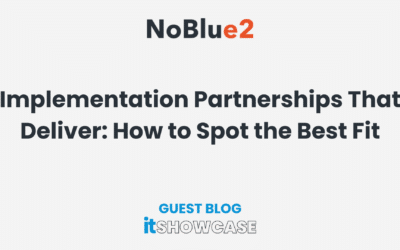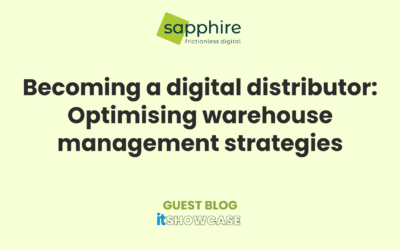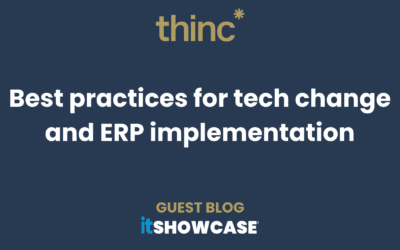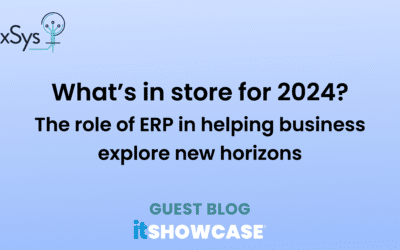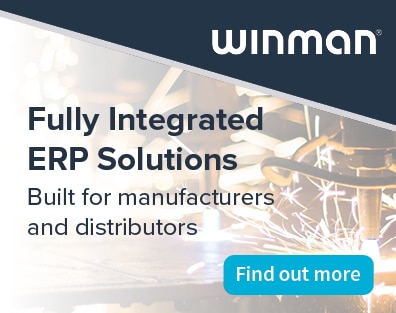Enterprise resource planning (ERP)
ERP Software is a cross-functional enterprise system driven by an integrated suite of software modules that supports the basic internal business processes of a company. ERP gives a company an integrated real-time view of its core business processes such as production, order processing, and inventory management, tied together by ERP applications software and a common database maintained by a database management system.
ERP systems track business resources (such as cash, raw materials, and production capacity) and the status of commitments made by the business (such as customer orders, purchase orders, and employee payroll), no matter which department (manufacturing, purchasing, sales, accounting, and so on) has entered the data into the system. ERP facilitates information flow between all business functions inside the organisation, and manages connections to outside stakeholders
Enterprise systems are complex software packages that offer the potential of integrating data and processes across functions in an enterprise. Although the initial ERP systems focused on large enterprises, there has been a shift towards smaller enterprises also using ERP systems. Organisations consider the ERP system a vital organisational tool because it integrates varied organisational systems and enables flawless transactions and production. However, an ERP system is radically different from traditional systems development. ERP systems can run on a variety of computer hardware and network configurations.
Visit a software event
Leading ERP Software Suppliers
ERP Software Blog
The Competitive Advantage of a Private Data Lake
Written by Epicor - a regular exhibitor at out itSHOWCASE events Understand how a robust data infrastructure can help your company maximise Artificial Intelligence initiatives. Embarking on Artificial Intelligence (AI) initiatives requires a robust data...
Beyond Beauty: Unveiling the power of ERP in the cosmetic industry
Written by Winman - regular exhibitor at our itSHOWCASE events In a world where self-care knows no gender, the cosmetics industry is experiencing a revolutionary shift. Traditionally, it was dominated by products and marketing aimed towards women. The change has...
Implementation Partnerships That Deliver: How to Spot the Best Fit
Written by NoBlue2 - regular exhibitor at itSHOWCASE events When upgrading your ERP system, the first major task is to choose the perfect system for your needs. Once you’ve made this decision, the next step is to find the ideal partner to implement it for you. There...
Becoming a digital distributor: Optimising warehouse management strategies
Written by Sapphire - a regular exhibitor at itSHOWCASE events Inventory precision The wholesale and distribution sector thrives on the seamless flow of goods, where operational efficiency and precision are pivotal to staying ahead in a highly competitive landscape. A...
Best practices for tech change and ERP implementation
When undergoing a major tech overhaul, you've got to do things the right way Written by Thinc - regular exhibitor at itSHOWCASE events For many businesses, implementing new technology across the organisation is an essential, but often daunting task. For smaller...
What’s in store for 2024? The role of ERP in helping business explore new horizons
Written by NexSys - regular exhibitor at itSHOWCASE events A new year always offers the chance to take stock and refocus. Our movers and makers endured a tough 2023 and those that came out the other side are trying to prepare for what the next 12 months have in store....



